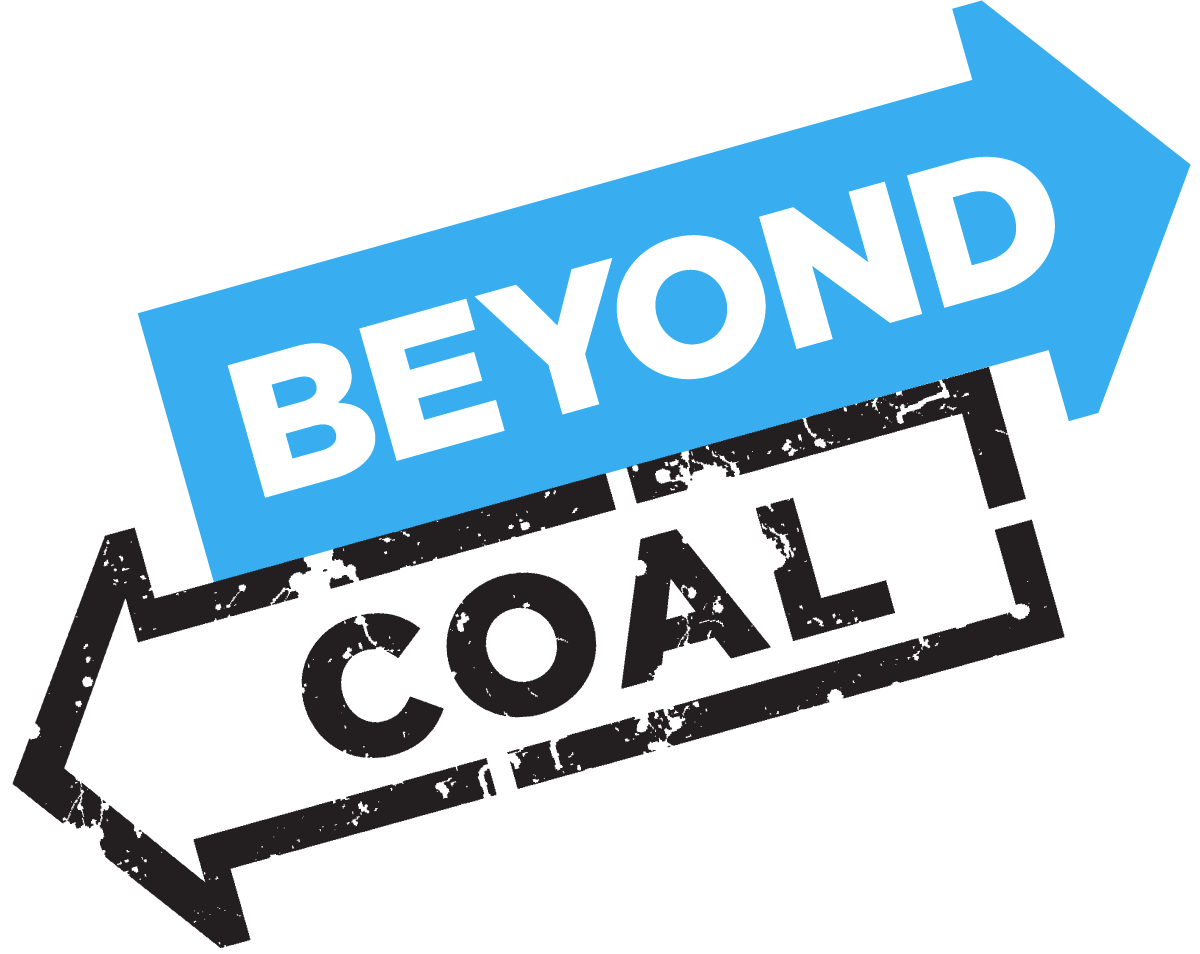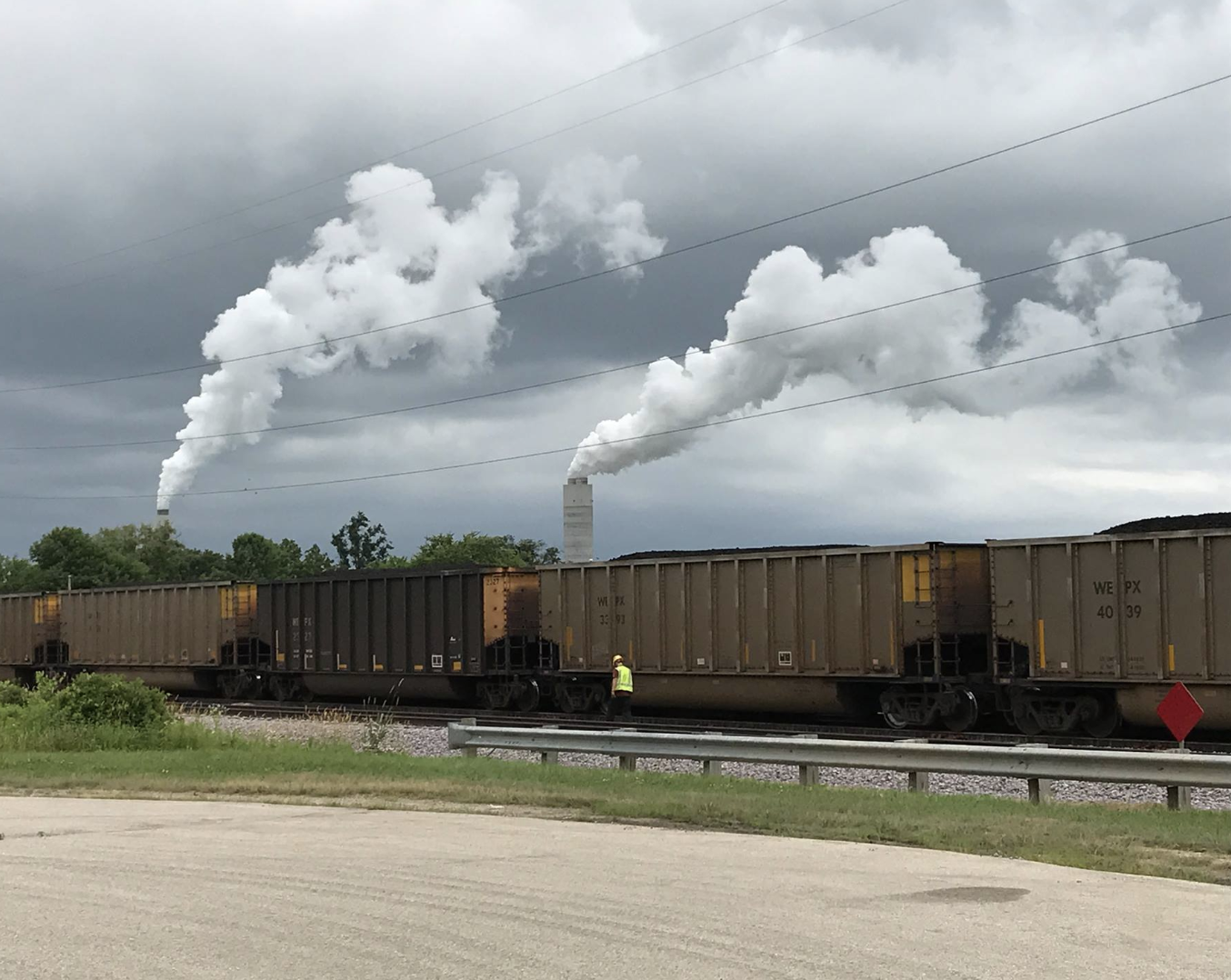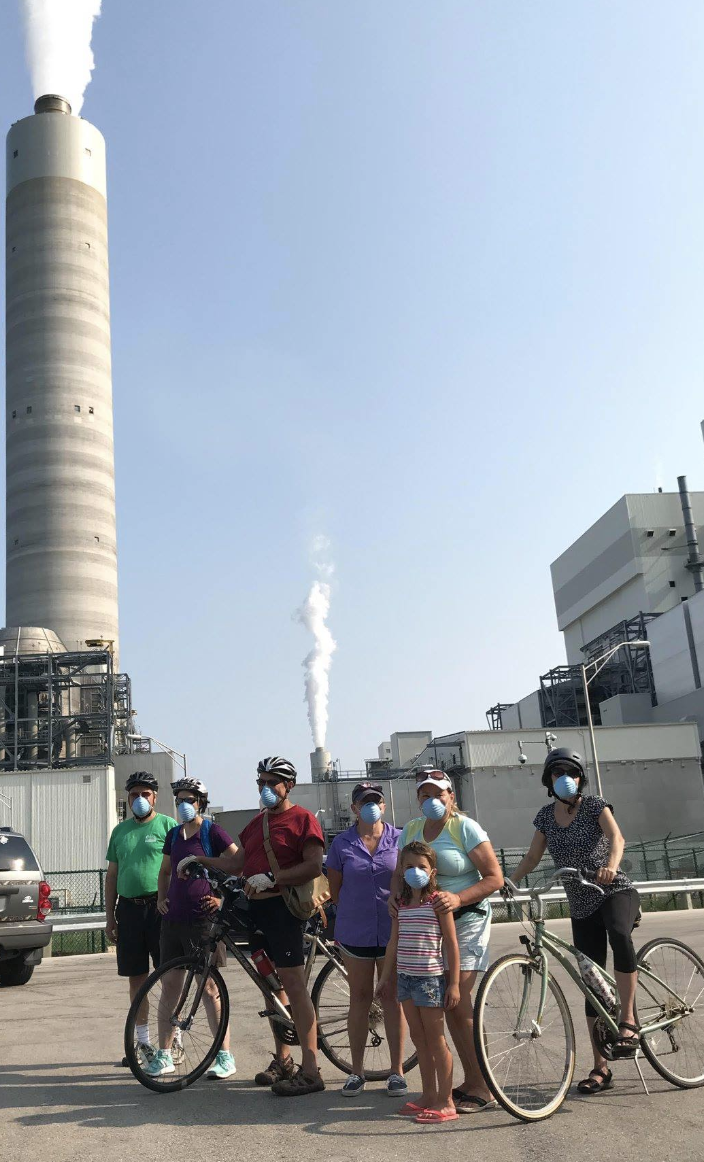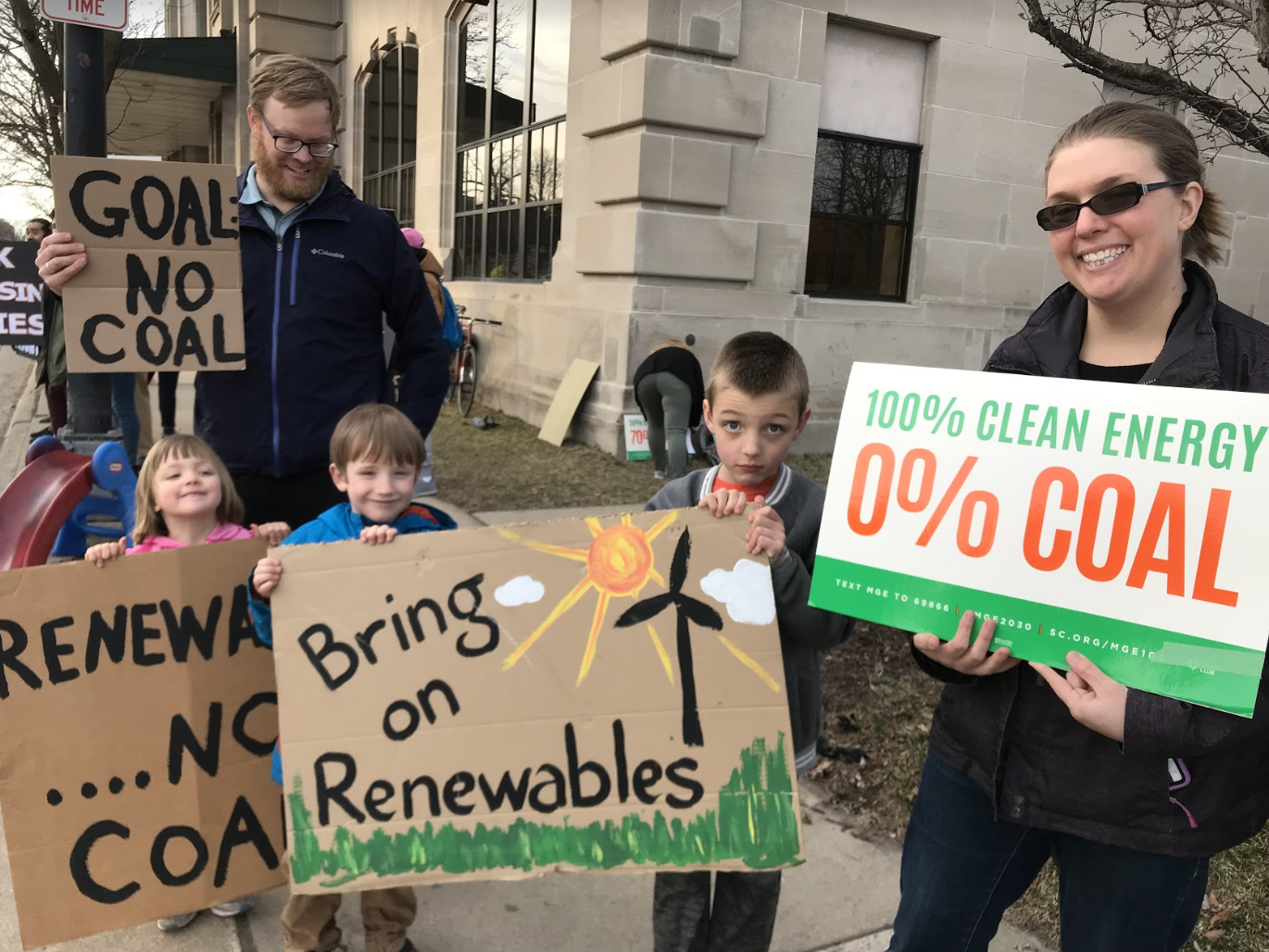Beyond Coal & Gas
 Through grassroots activism, protests, legal action, and lobbying, Sierra Club’s Beyond Coal Campaign ignited a movement that has helped retire 291 coal plants since 2010 — representing an astonishing 55 percent of all coal plants in the United States. Over the last decade, that means we have shut down about one plant every two weeks. Many more were prevented from even being built. These closures make a huge difference. In 2010, burning coal generated 45 percent of US electricity. Today, it generates only 27 percent.
Through grassroots activism, protests, legal action, and lobbying, Sierra Club’s Beyond Coal Campaign ignited a movement that has helped retire 291 coal plants since 2010 — representing an astonishing 55 percent of all coal plants in the United States. Over the last decade, that means we have shut down about one plant every two weeks. Many more were prevented from even being built. These closures make a huge difference. In 2010, burning coal generated 45 percent of US electricity. Today, it generates only 27 percent.
Early victories in Wisconsin helped spark this movement and supply it with the crucial momentum necessary to keep moving forward. The Charter Street coal power plant in Madison — one of the worst polluting plants in the country at the time — was one of the first to go, after a Sierra Club lawsuit forced it to stop burning coal and prompted the state to review 13 other coal-fired plants. The Blount Street power plant in Madison and the Valley Power Plant near Milwaukee also ceased their coal-burning early on in the campaign. So far, we’ve shut down 11 coal plants in Wisconsin and secured commitments to shut down several more.
While cheap solar, and wind power have undoubtedly boosted our efforts, our impossibly hardworking volunteers and advocates deserve much of the credit for bringing about these achievements. We’ve still got a lot of work left to do — there are 239 coal plants around the country that continue to spew toxic fumes into the air and pump dangerous chemicals into our waters. There are 7 major coal plants still operating in Wisconsin. But we intend to shut down every last one of them by 2030.
Coal still supplies 49 percent of Wisconsin’s electricity. To get it down to zero, right now we’re targeting three notoriously harmful coal plants in Wisconsin that have a history of contaminating our state with dangerous pollutants. Additionally, we are also targeting a proposed fossil gas plant that would not only continue our disastrous dependence on fossil fuel but also perpetuate the problems associated with fracking. While we have some big fights ahead of us, hopefully, we can stop these plants as soon as possible to protect our health, environment, and economy as well as prevent the devastation threatened by climate change.
We Energies' Oak Creek and Elm Road plants
Located just south of Milwaukee in Oak Creek, these enormous twin coal-fired power plants are perhaps our state’s worst polluters. Together, they burn 12,000 tons of coal a day (enough to fill about 1,800 dump trucks) to generate 2403 MW of electricity (enough to power more than a million homes). Aside from contributing to millions of tons of carbon emissions every year that worsen climate change, these two plants have severely damaged the health and environment of the surrounding areas and racked up a horrible environmental track record:
-
 Air pollution from just the Oak Creek plant kills roughly 50 people each year and triggers hundreds to thousands of asthma attacks, according to multiple sources. The Elm Road plant contributes to even more deaths and health problems.
Air pollution from just the Oak Creek plant kills roughly 50 people each year and triggers hundreds to thousands of asthma attacks, according to multiple sources. The Elm Road plant contributes to even more deaths and health problems.
-
Coal dust from enormous uncovered piles of coal waiting to be burned blows into neighboring communities, contaminating homes, schools, and even playgrounds with carcinogens and heavy metals like lead and arsenic. For decades, residents have also reported suffering from high rates of chronic respiratory diseases and other illnesses associated with this coal dust, and they’ve now been forced to buy expensive air monitoring equipment to protect themselves from the clouds of coal dust that billow through their neighborhoods. Breathing in coal dust increases the risk of asthma, cardiovascular disease, lung cancer, hospital admissions, and mortality.
-
Built on the shores of Lake Michigan, the plants consume 1.56 million gallons of water a minute. Most of this water is returned to the lake, but not before it’s heated and toxic chemicals and heavy metals like mercury are added to it. Now, We Energies wants to increase the amount of mercury they dump into Lake Michigan, to levels nearly three times the EPA’s safety standards — which represents a major health risk because mercury can cause brain damage and birth defects, and Lake Michigan is a source of drinking water for millions.
-
 Toxic coal ash, stored in huge lagoons near the plants and reused as construction materials in the area, has leaked into groundwater and affected drinking water for nearby residents — likely contaminating wells with molybdenum and other pollutants. A DNR investigation attempting to identify the source of these chemicals was inconclusive, but the massive quantities of coal ash nearby is an obvious suspect.
Toxic coal ash, stored in huge lagoons near the plants and reused as construction materials in the area, has leaked into groundwater and affected drinking water for nearby residents — likely contaminating wells with molybdenum and other pollutants. A DNR investigation attempting to identify the source of these chemicals was inconclusive, but the massive quantities of coal ash nearby is an obvious suspect.
-
In 2011, the Oak Creek plant spilled 5 million gallons of coal ash into the surrounding areas and even into Lake Michigan, contaminating the land and water with carcinogens, heavy metals, and other dangerous chemicals. Experts say this spill could harm wildlife in the area, but the long-term ramifications of this disaster remain unknown.
Community members have complained for years about these issues, but We Energies has done little to address residents’ fears. The company alleges it has decreased pollution, increased monitoring, and encapsulated some of the coal piles, but residents say they are still suffering from the plant’s harmful effects. Additionally, these plants are losing money and costing ratepayers vast sums, all while We Energies has been trying to tack on an extra $152 million in charges to its customers to make up for its failed coal plants. The Sierra Club has taken legal action, encouraged public testimony and regulatory oversight, and supported investigations, but the real solution to these numerous and significant problems is simple — we need to shut down these plants.
Alliant Energy's Columbia plant
The Columbia Energy Center near Portage is another one of Wisconsin’s worst offending power plants. It burns approximately 10,000 tons of coal each day (1,500 dump trucks worth) and provides more than 1100 MW of electricity (enough to power about half a million homes) — unleashing close to 6 million tons of carbon dioxide emissions into the atmosphere every year that contribute to the ever-escalating climate crisis. Throughout its decades-long history, the plant has been mired in controversy and accumulated a litany of environmental complaints:
-
Air pollution from the Columbia plant — containing carcinogenic particulates, heavy metals, and other toxic substances — causes 18 deaths a year and leads to nearly 900 lost days of work. It also contributes to more than a hundred asthma attacks annually, which is a lot considering that it’s located in a small town of only a couple thousand people.
-
The Columbia plant stores its liquid coal ash in a huge unlined pond that leaches 1.1 million gallons of this toxic waste into the ground every day. Thus it’s not surprising that this coal ash has contaminated groundwater — tests of six of the plant’s on-site wells showed unsafe levels of several toxic substances including arsenic and boron. Although the few tests of private wells that have been conducted haven’t yet revealed unsafe levels of these substances, experts warn that this contaminated groundwater could pose public health hazards to the surrounding community and that private well owners in the area should test their wells frequently. Additionally, the Columbia plant has an unlined landfill onsite that contributes to this poisonous cocktail of chemicals seeping into the soil.
-
Alliant Energy has been trying to avoid adhering to federal water pollution guidelines, or at least delay compliance for as long as possible. According to guidelines, coal plants must stop using water to store coal ash and instead switch to “dry-ash handling,” which is safer. While Alliant Energy says it is exploring this option, it hasn’t committed to the plan and faces no legal mandate from Wisconsin’s DNR to do so. Until DNR enforces this rule, the plant’s liquid waste continues to pose a tremendous risk to the region’s public health and wildlife, especially if flooding causes the coal ash pool to overflow into the Wisconsin River and contaminate everything downstream.
-
Alliant Energy costs its customers millions. In 2019, generating energy from the Columbia coal plant cost Alliant ratepayers up to $9 million more than if Alliant had bought energy from the regional energy market. Continuing to operate the Columbia through 2030 would cost Alliant's ratepayers up to $257 million more. By replacing Columbia with clean energy such as wind, solar, storage, energy efficiency, and demand response technologies, Alliant could save customers millions. By transitioning to clean energy, Alliant would also create jobs and contribute to the growing green economy.
The Sierra Club has been actively trying to force Alliant Energy to clean up its Columbia plant — organizing community members to attend public hearings, lobbying the DNR, and even suing Alliant Energy and successfully forcing it to install more pollution protections at the plant. Unfortunately, however, the plant continues to harm public health, pollute the environment, and contribute to climate change. Again, there’s only one real solution — we urgently need to close this dirty coal plant.
Dairyland's proposed NTEC plant
It’s clear — we need to transition to 100 percent clean and renewable energy as soon as possible. But electric utility companies Dairyland Power Cooperative and Minnesota Power apparently haven’t gotten the memo — they’re planning to construct a new 535 MW fossil gas plant in Superior, Wisconsin that will cost $700 million and emit 2 million tons of greenhouse gas pollution each year, spelling disaster for both our pocketbooks and the climate.
Fossil gas is an overarching term that refers to any gas that comes from decomposing plant and animal matter, similar to other fossil fuels, such as coal and oil. Fracked gas refers to how this gas is extracted -- it is fossil gas that is generated specifically through fracking, a process by which a high-pressure mix of water, sand, and chemicals is injected deep under the earth to unleash gas that can’t be accessed with traditional drilling techniques. All kinds of fossil gas, including fracked gas, are harmful to the environment and communities, and must be phased out of American energy consumption as soon as possible.
Not only will the proposed plant raise electric rates and cost consumers more money, but the additional electricity the plant would provide just isn’t needed, according to the companies’ own evaluations. After a comprehensive administrative trial, a Minnesota judge actually recommended against it, calling the proposal inconsistent with the public interest and arguing that the utility companies have “failed to demonstrate that the… NTEC purchase is needed and reasonable.”
As if this weren’t enough to quash the proposal, local residents submitted 1500 letters opposing the plant, and dozens, including Sierra Club members, attended meetings voicing their disapproval. A poll indicated that 77 percent of the would-be customers did not support the plant and a full 92 percent cited the need for additional analysis. Even mining and paper companies have objected to the proposed plant, along with other businesses and industry groups.
 Despite this staunch opposition and the overwhelming amount of evidence demonstrating the negative repercussions of the project, Minnesota regulators approved the proposal in a controversial 3-2 decision in late 2018. They even denied an environmental review of the plant, saying it was up to Wisconsin regulators. However, Wisconsin regulators demurred — determining it wasn’t their responsibility to do the analysis either, thereby abdicating their responsibility to protect our state.
Despite this staunch opposition and the overwhelming amount of evidence demonstrating the negative repercussions of the project, Minnesota regulators approved the proposal in a controversial 3-2 decision in late 2018. They even denied an environmental review of the plant, saying it was up to Wisconsin regulators. However, Wisconsin regulators demurred — determining it wasn’t their responsibility to do the analysis either, thereby abdicating their responsibility to protect our state.
In response, the Sierra Club and other groups appealed the decision, arguing that an environmental impact study of a new fossil fuel plant is necessary to move forward and that, instead of a fossil gas plant, clean energy could meet all of the area’s electric needs. The new plant would rely on fossil gas, the mining of which severely harms public health and the environment. Constructing a new plant with a lifespan of at least 40 years would lock in carbon emissions for decades, exacerbating climate change and making it much harder (and more expensive) to transition to cleaner energy sources later.
We must continue opposing the proposed NTEC plant. It’s completely unnecessary, harmful to our health, disastrous for the environment, and too expensive for ratepayers. Instead, we should be investing in renewable energy like solar and wind that will propel us forward into a cleaner and more sustainable future.

Moving to 100% Renewable Energy
In addition to working to close coal plants and stop new gas plants, we are also working hard to secure support for clean energy projects and a vision for a 100 percent clean energy future.
Because of our Ready for 100 campaigns across the state, one in four Wisconsinites live in a community that is committed to a 100 percent clean energy goal! We have seen 100 percent clean energy resolutions passed in the following communities:
-
Cities
-
Counties
-
Schools